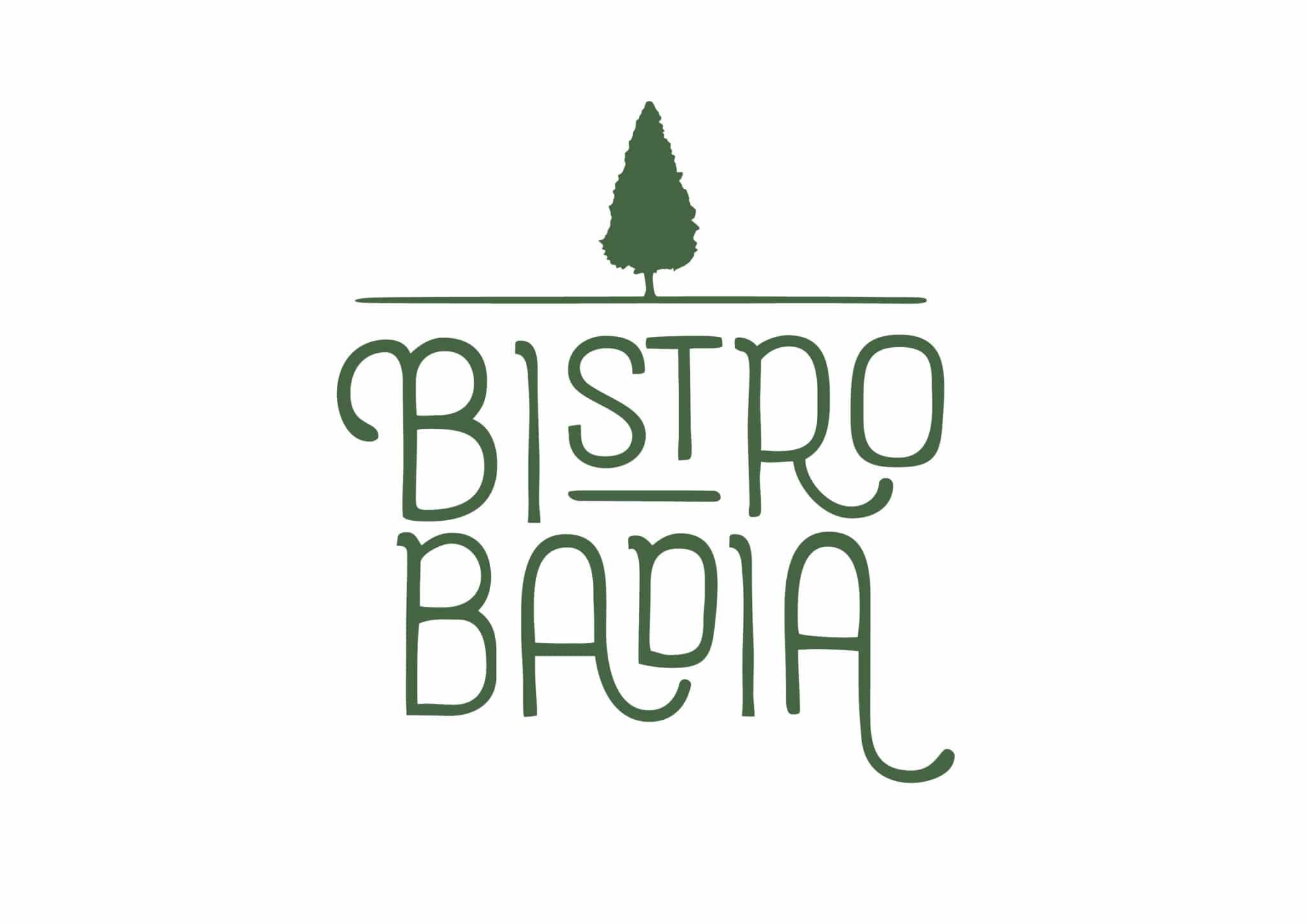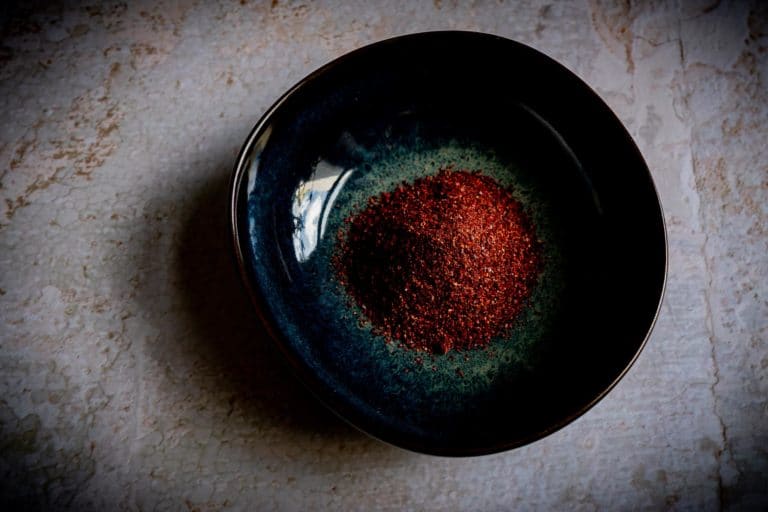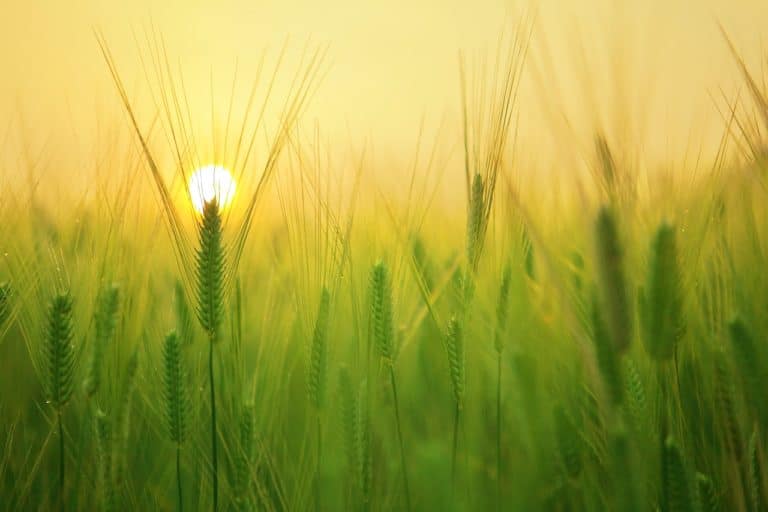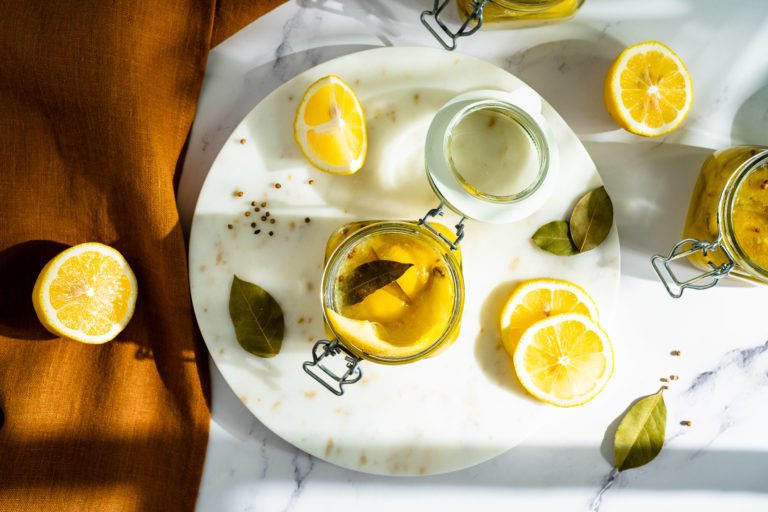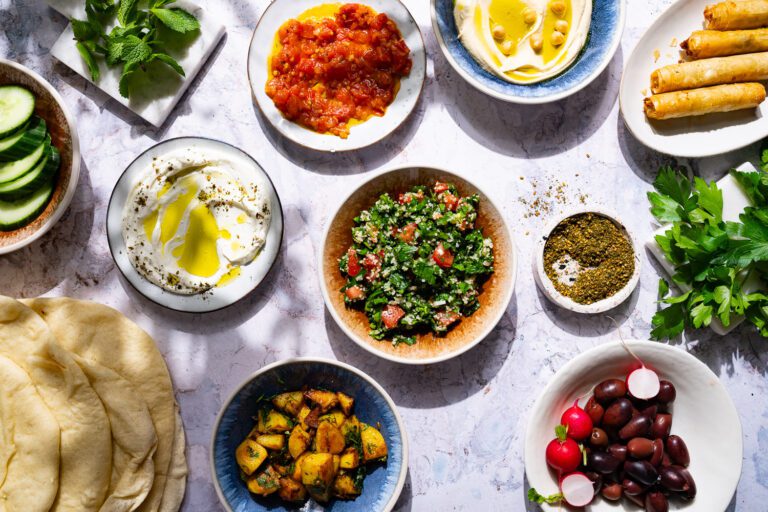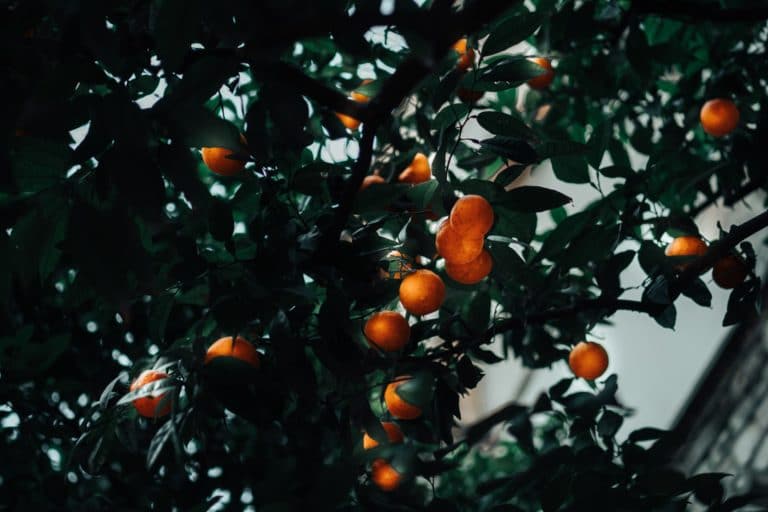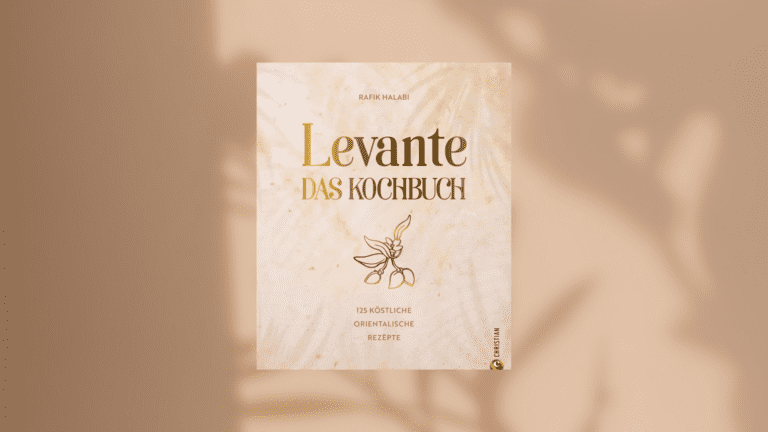Aquafaba – everything you need to know
Would you like to make a chickpea stew or a creamy bean soup again? Then go ahead – But please do not pour away the cooking water of the legumes! It’s called aquafaba and is great for cooking and baking. And it also offers a lot of variety in textures, as it whips up beautifully and also works as a binder. So you can create creamy ice cream, airy mousse or crispy meringue with it. Especially for allergy sufferers, the bean water is a good substitute because it is free of gluten, lactose and nuts and is excellent to use instead of eggs.
What is aquafaba?
Aquafaba means bean water, because it is composed of the Latin words aqua = water and faba = bean. Aquafaba is often also called chickpea water, but you can get aquafaba not only from chickpeas, but also from other legumes such as various beans or lentils. Aquafaba is therefore the cooking water of legumes, which is often used as an egg substitute in the vegan diet.
In search of the right egg substitute …
Vegan forums and Facebook groups laid the foundation for egg substitute products. Discussions and tests brought people closer and closer to the secret of aquafaba:
- In 2012, the discovery of aquafaba as a thickener and flavor enhancer was featured in a Denver Post article.
- In 2014, French musician Joël Roessel shared on his blog his discovery about the slippery liquid of kidney beans and hearts of palm. This liquid was very similar to flax slime, which has been experimented with a lot as an egg substitute. From it he was able to make a foam, but without starch it was not stable enough to make meringue.
- In 2015, the Le Défi FUDA chickpea challenge showed how to make a vegetable egg white from the cooking water of chickpeas. Mixed with chocolate ganache, it becomes a delicious chocolate mousse.
- Based on this video, the American engineer Goose Wohlt took a closer look at the chickpea water and found out that an excellent stiff vegan egg white can be beaten from it without additives. With this vegetable egg white, he tinkered with a recipe for vegan meringue, which he then also shared publicly in a Facebook group for vegan nutrition. Aquafaba took on a new meaning in vegan nutrition – new recipes were created and published.
Aquafaba as egg substitute
Aquafaba is perfect for vegan baking and cooking. If you whip it stiff, then you can easily use it as an egg substitute for cakes and the like. And so that you know how much of the vegan beaten egg whites you should use as an egg alternative, here is a quantity guide for you to follow:
- 3 tablespoons = 1 egg
- 2 tablespoons = 1 egg white
However, keep in mind that you may have to use a spoonful more, because depending on the cooking water you use, it contains more or less starch and binds accordingly. Just try a little bit if you have the feeling that, for example, your dough does not have the right consistency.
When whipping the slimy liquid, the volume increases extremely. From 150 ml of aquafaba you get about 800 ml of vegetable egg whites. The best way to whip the aquafaba is in a large bowl with a hand mixer or food processor until stiff.
If you make beaten egg whites from chickpea water and want to use them to make meringue or macarons, make sure that the baking temperature does not exceed 115 °C. In most recipes, whipped aquafaba is baked at 100 °C. This is because vegetable beaten egg whites are much more sensitive to heat than animal beaten egg whites and will liquefy if exposed to too much heat. On the other hand, it is much more digestible and the risk of salmonella can be excluded.
Have you tried the whipped aquafaba? It may have a slight aftertaste of the legumes. However, during baking or further processing, this taste will dissipate as soon as other ingredients are added. So don’t worry – whatever you whip up with it, it will taste good.
Why does the vegan egg substitute not become stiff?
Want to whip up some vegan egg whites with the cooking water from your legumes? Then a few tips are certainly helpful:
- The cooking water should be slightly thick, if it is not, you should let it reduce in the pot on the stove until it is cloudy and creamy.
- Whipping aquafaba takes longer than its animal counterpart. So you should patiently stir with a hand mixer for 5-10 minutes until it reaches the desired consistency.
- With a splash or pinch of these magic ingredients, you can add more hold to your chickpea water and co:
- Salt
- Lemon juice
- Baking powder
- Gua gum
- Locust bean gum
- Vegetable beaten egg whites do not like fat. Make sure that the equipment and bowls are free of oil, otherwise you will not be able to whip it.

Make aquafaba yourself
To make aquafaba yourself, all you need is some legumes and water. To use not only the water, but also the legumes, I prefer to use chickpeas or white beans (because they can be used to make creamy dips like hummus or bean puree). These are best soaked overnight, but at least 12 hours. Soaking softens them and makes them quicker to cook.
After soaking, it is important that you rinse the legumes several times under running water so that as little residue of dirt or toxins as possible is cooked along. This is because the small peas or beans naturally possess a toxin called physin. However, this is largely rendered harmless by cooking and only a small amount remains, which the body breaks down without any problems. For this, it is important that the legumes are cooked at 100 °C for at least 20 minutes. So that they become nice and soft and you can process them better later, you should cook them for about 1.5 – 2 hours.
For the right consistency of the aquafaba, it is important that the water-legume ratio is correct. If the cooking water is still very liquid after cooking, let it boil down a bit more until slightly thickened.
My tip: with a pinch of baking soda or baking powder, the legumes become softer during cooking, the shell becomes more brittle and the cooking time is significantly reduced.
… or would you rather buy?
It’s all too much work for you and you don ‘t want to make your aquafaba yourself? Then you can simply buy your aquafaba. In the well-stocked supermarket or even in the organic market, you can now find various powders that you only need to mix or even bottled bean water.
Of course, there is also a middle way: you simply take the drained water of chickpeas or beans from the can or jar. Depending on the consistency, you can use it immediately or let it reduce a little more on the stove. Salt is often added to already processed legumes. If you want to use canned chickpea water, make sure that as little salt as possible has been added. Otherwise, your pastries or the like may taste too salty. I just taste it before I use it and then I can assess if it is good to use or not.
What is the shelf life of aquafaba?
In the refrigerator, whipped aquafaba will keep for about only one day. However, if you want to store the pure cooking water of the legumes, then it will keep well refrigerated for about a week. And if you are thinking of stocking up, then freezing aquafaba is no problem either. It can be kept in the freezer for up to six months and you will always have a portion on hand if you want to do something spontaneous with it.
Is aquafaba healthy?
The cooking water of pulses is relatively low in calories and contains a lot of protein. For this reason, you can use it perfectly for a protein-rich diet. The creamy to slightly mucilaginous liquid contains various nutrients – but it’s hard to determine the exact number in grams when you make it yourself. If you buy ready-made aquafaba, the nutritional values are written on the packaging. You can use the following nutritional values as a guide:
100 ml of unprepared aquafaba from chickpeas contains approx:
- 14 kcal
- 0,1 g fat
- 1.4 g carbohydrates
- 1,52 g protein
Although most legumes contain the toxin physin, this is rendered harmless by cooking. However, since it is cooking water from pulses, it may have a flatulent effect.
Aquafaba recipes
If you whip aquafaba until stiff and use it as an egg substitute, you can bake savory and sweet recipes with it. It’s mainly used for baking, but you can also use it to make fine desserts like chocolate mousse. But because it acts as a binding and thickening agent, you can also use aquafaba in sauces or even make vegan mayo or cream.
Most people make something with chickpeas or beans and then don’t know what to do with the cooking water. But with you it’s the other way around? You made your own aquafaba and now you don’t know what to do with chickpeas and co? Don’t worry, this blog is teeming with fantastic recipes using legumes. If you love stews, then definitely try the “Fasolia” – Lebanese bean stew and if you want to try a Levant style breakfast, then I recommend Hummus Fatteh | Warm Chickpeas with Bread Chips and Tahini Yogurt. And if you’re also into fancy drinks, you can also make different cocktails with aquafaba, like a whiskey sour.
- Halabi, Rafik (Author)
